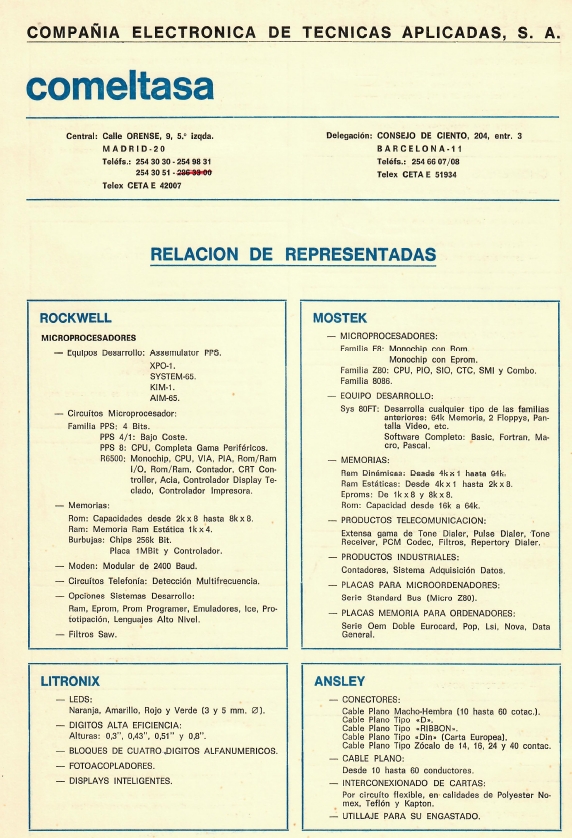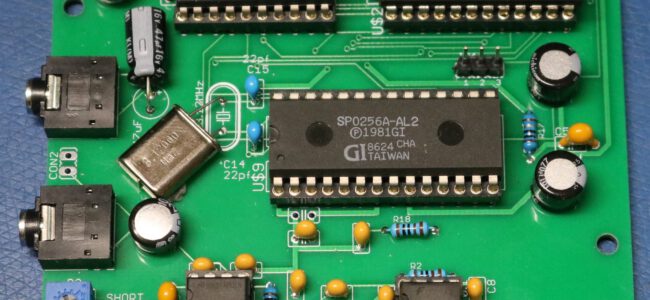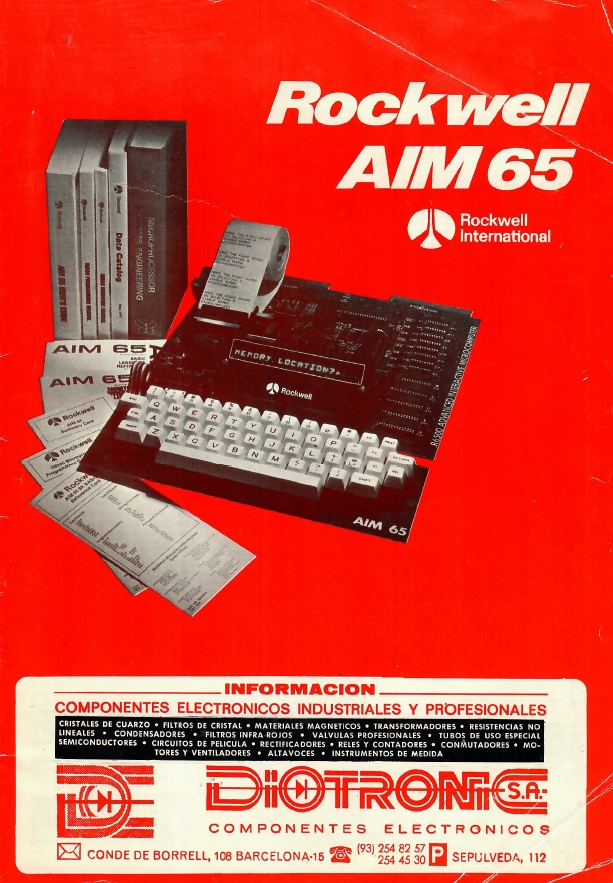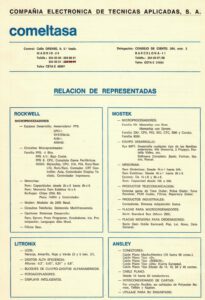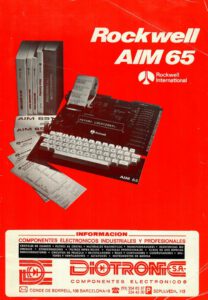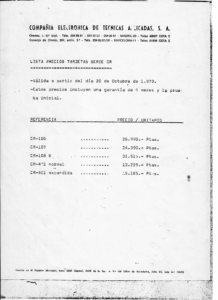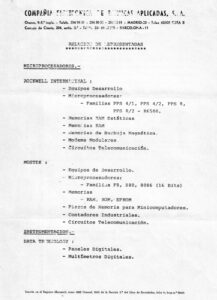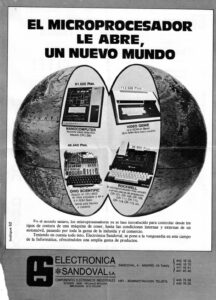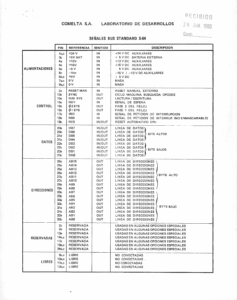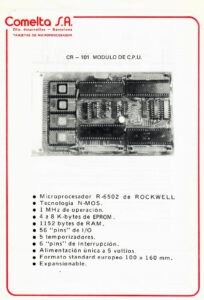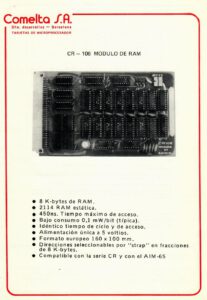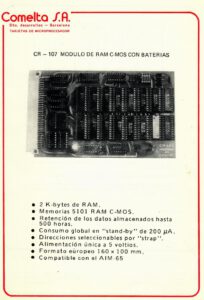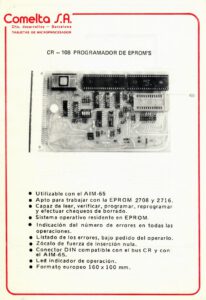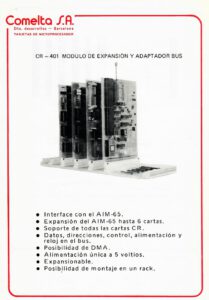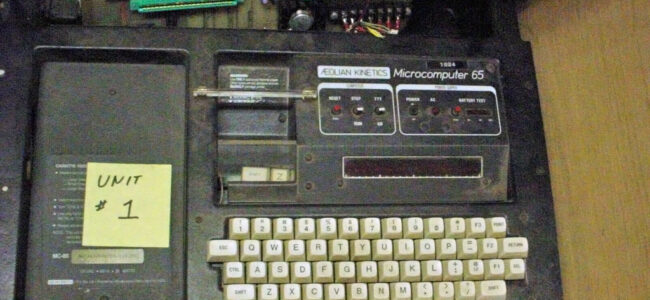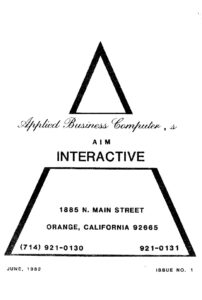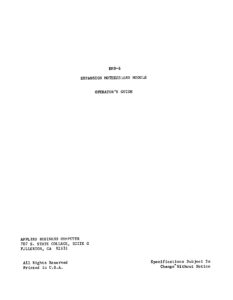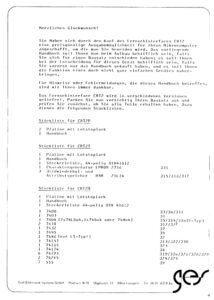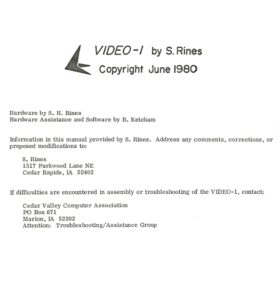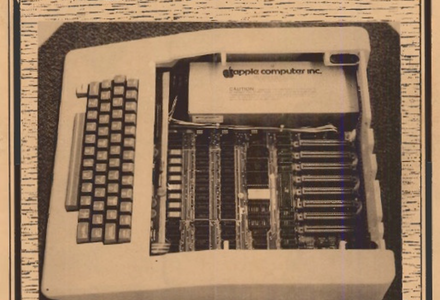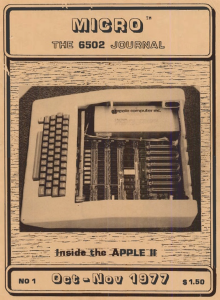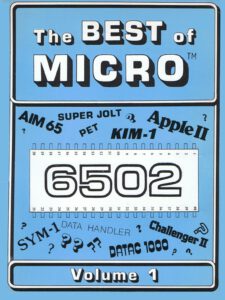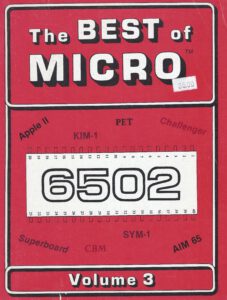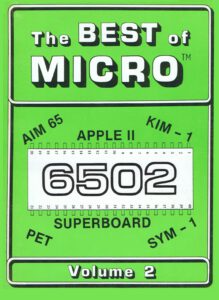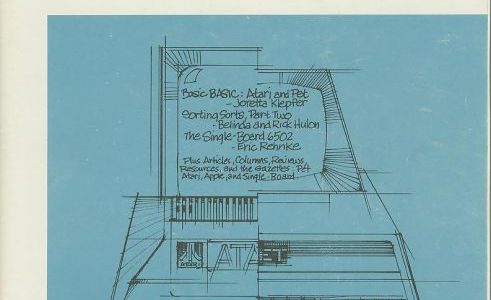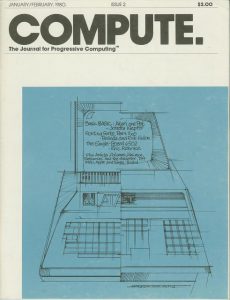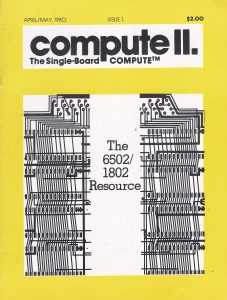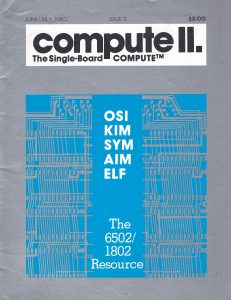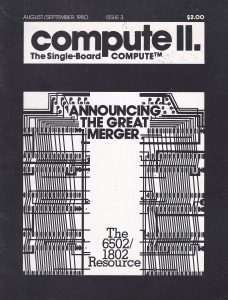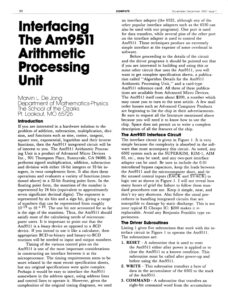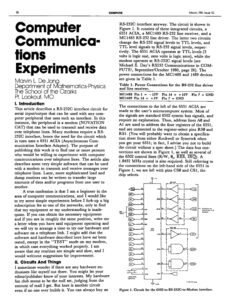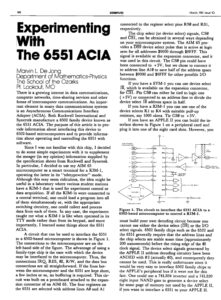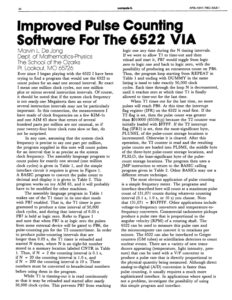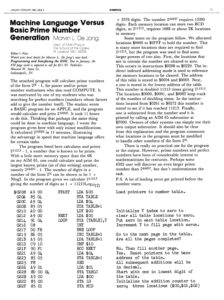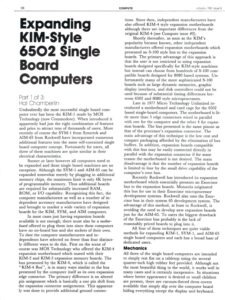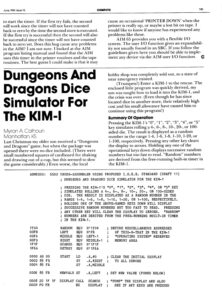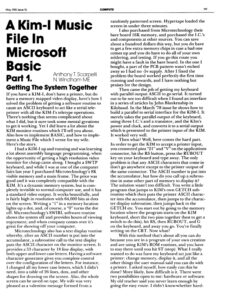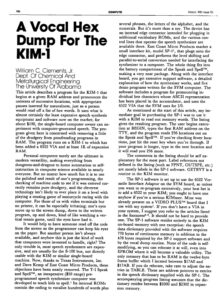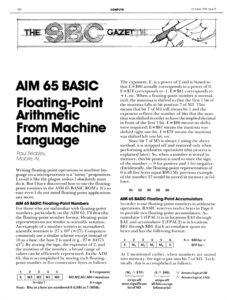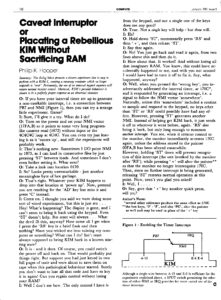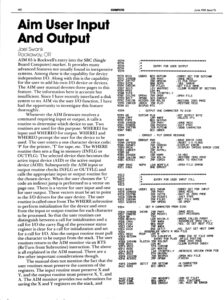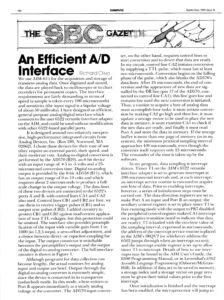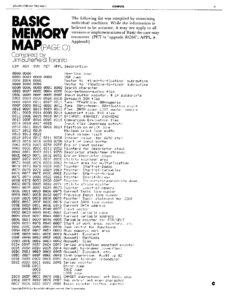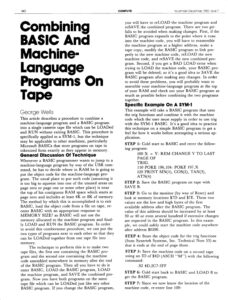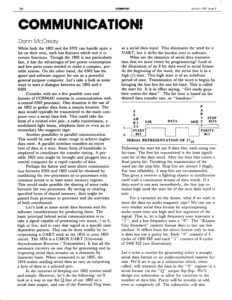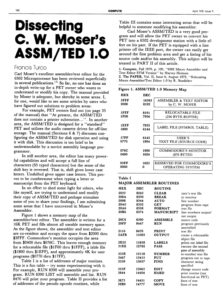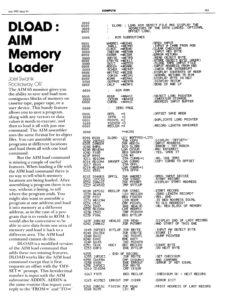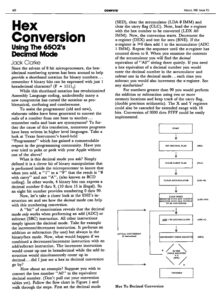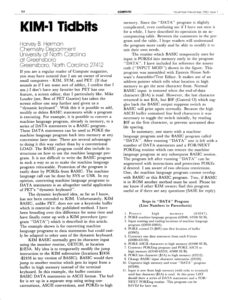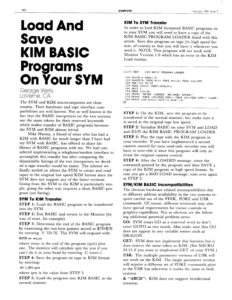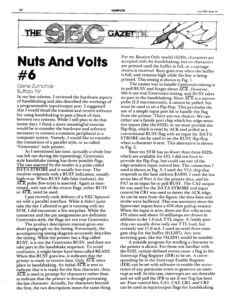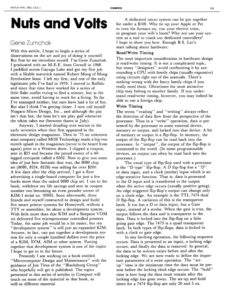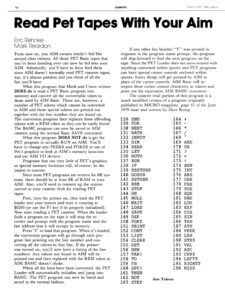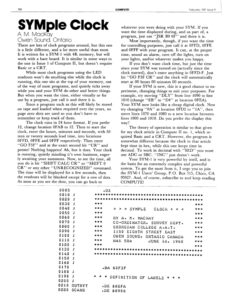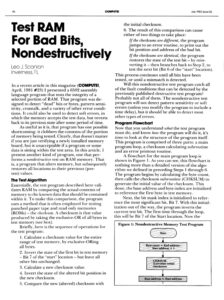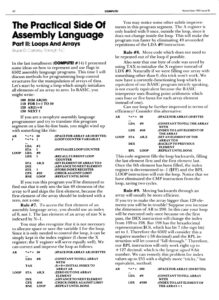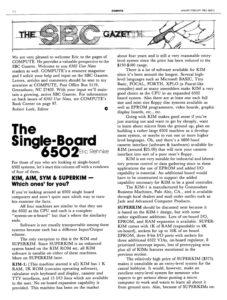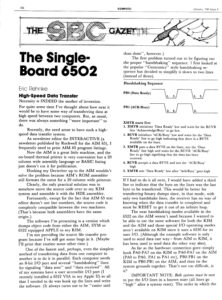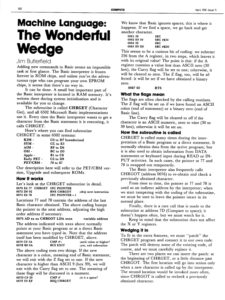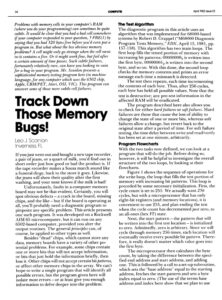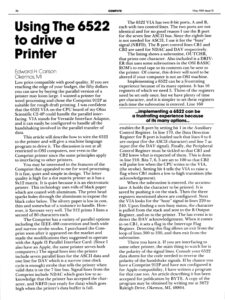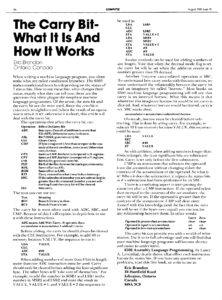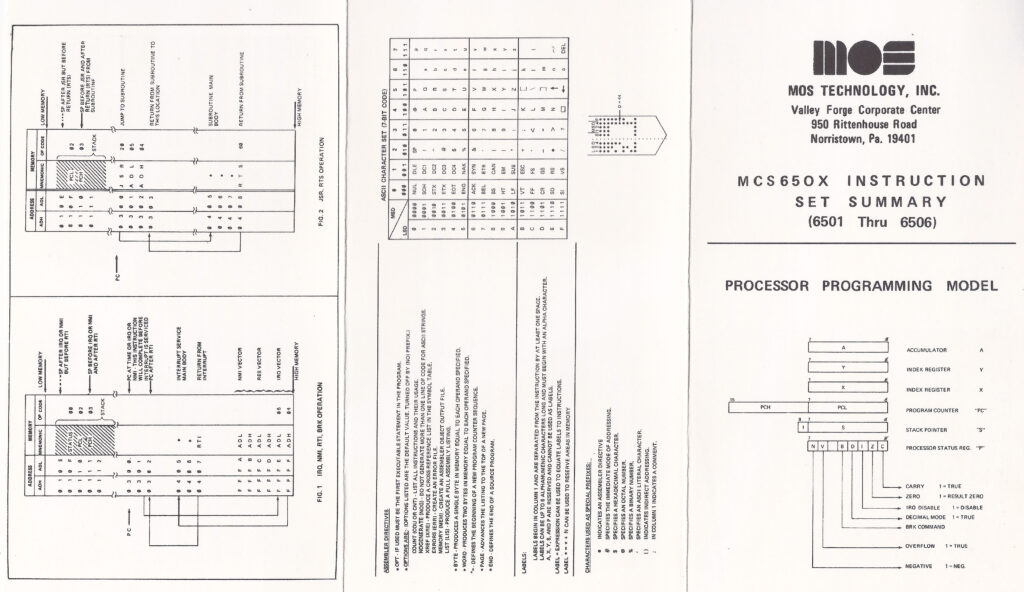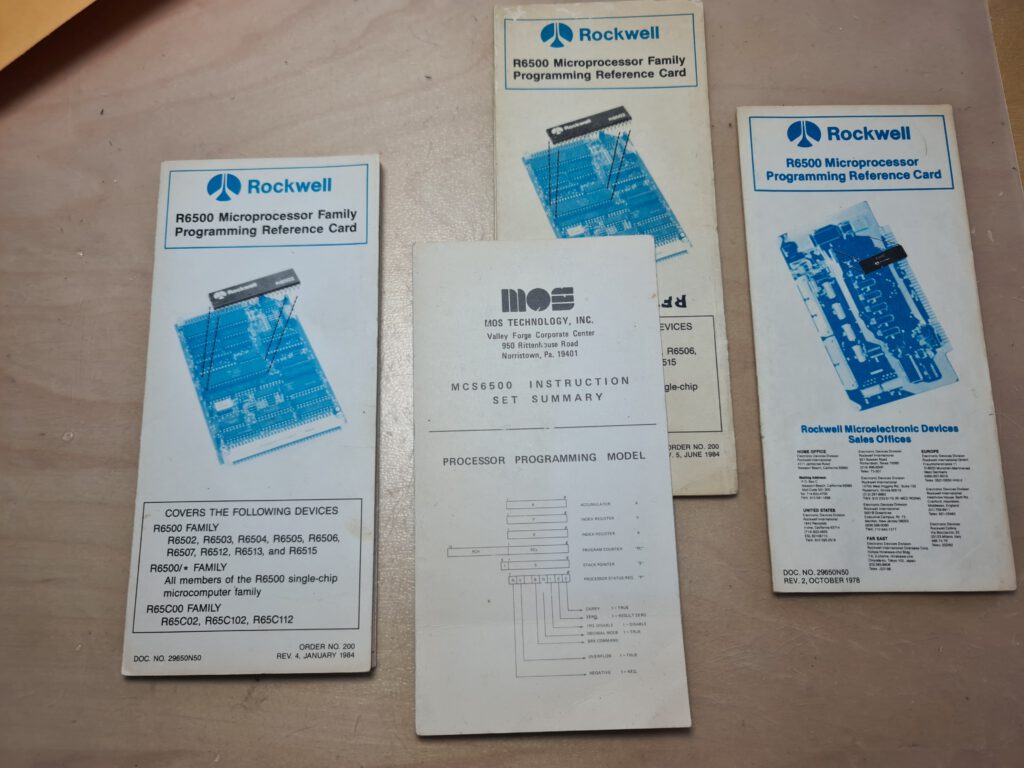Scott Baker Rockwell AIM-65 Projects
A number of interesting AIM 65 projects found on SM Baker’s github page (thanks Scott for the latest updates)
Backplanes
Designs for 2 and 3 slot backplanes. Gerbers included.
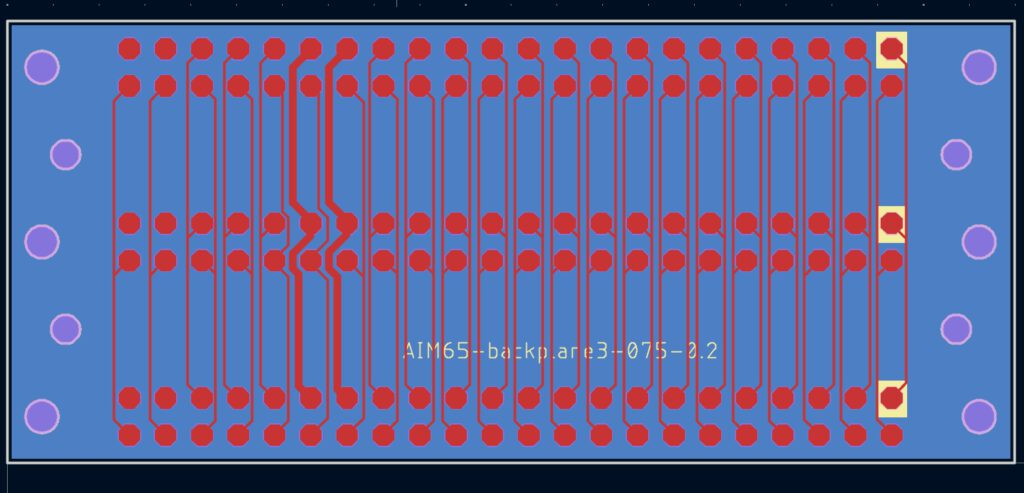
AIM-65 display adapter board
This is a display board based on the RM65 display board.
Supports up to 512KB of onboard ROM, which will be addressed into the 24KB address space starting at 0x9000. The 0xA000 range is left
empty for onboard peripherals. The four-position dipswitch controls which 32KB segment of the 512KB ROM is mapped.


Multi-banked ROM file for display board
ROM image tools
tape-rs232-c1541
Application board for tape, RS232, and Commodore 1541 AH5050.
Speech board with SP0265A

FDC based upon RM65 FDC
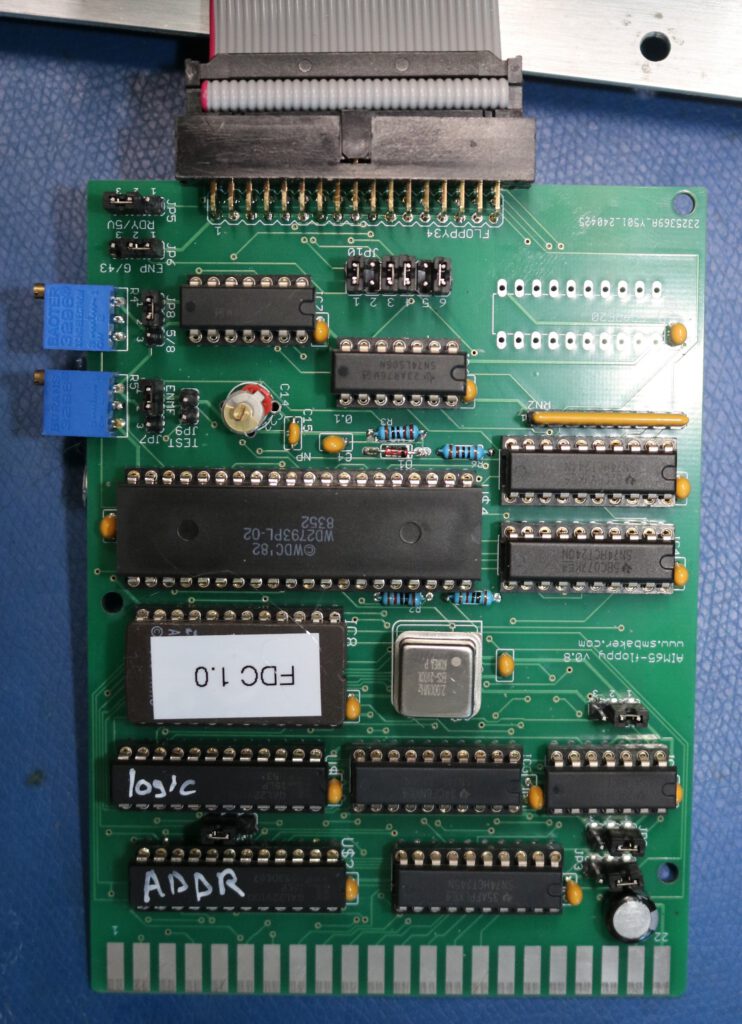
Comelta S.A. Electronica de Tecnicas Aplicades , S.A.
Products for the AIM 65 made by this Spanish company, Barcelona.
Scans made by Jaume López, see his Comelta Resources website
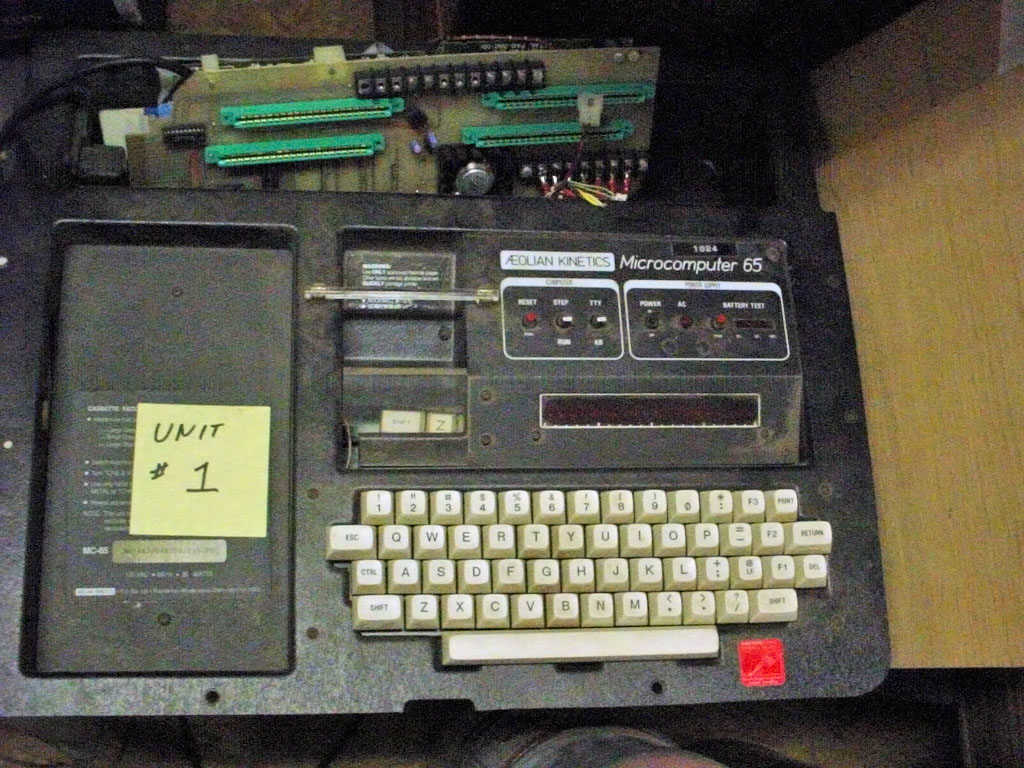
Aeolian Kinetics PD24 Logger
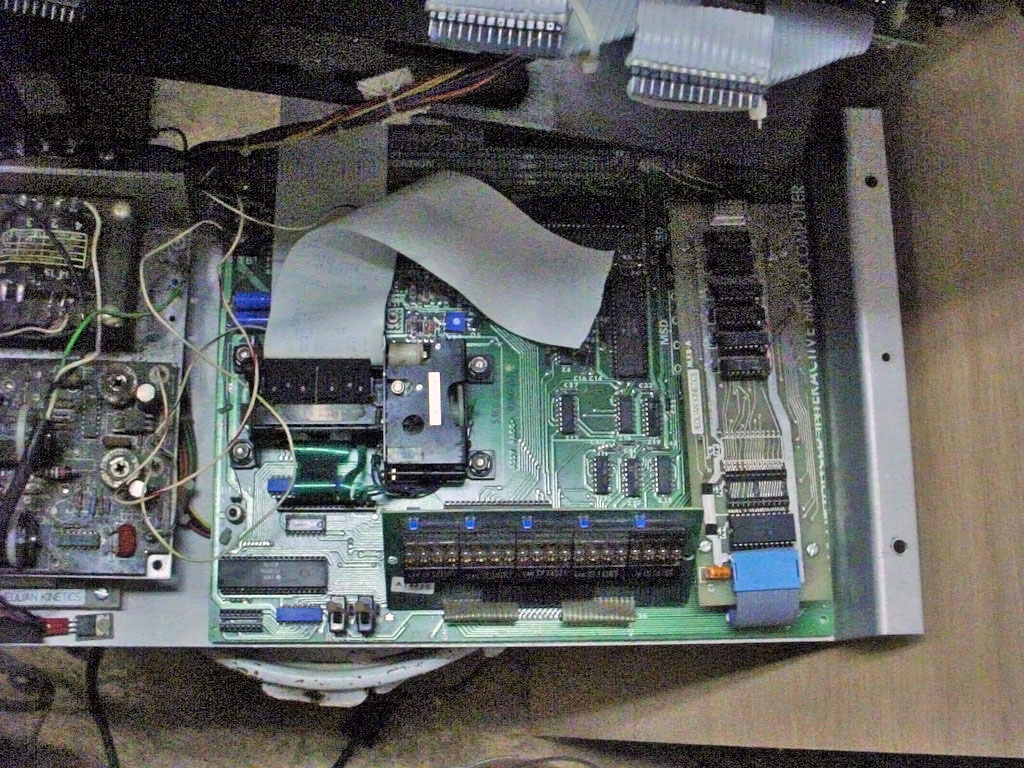
Aeolian Kinetics PD24 Logger
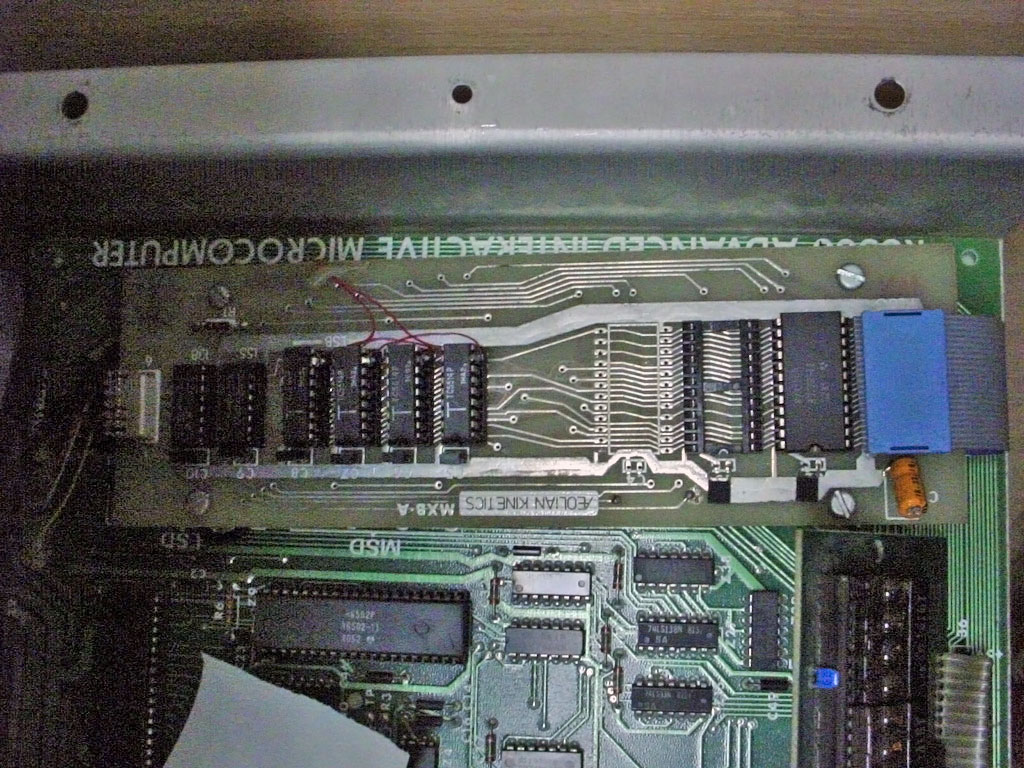
Aeolian Kinetics PD24 Logger
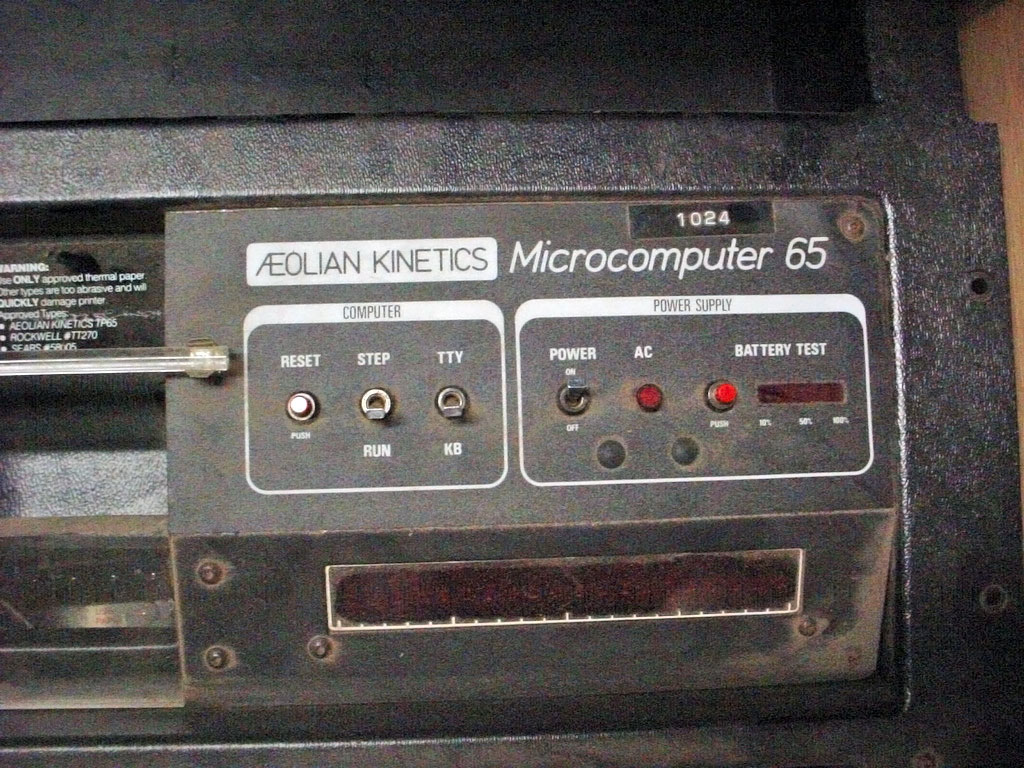
Aeolian Kinetics PD24 Logger
Multi-ROM adapters by Steve J.GRay
The PET/CBM MultiROM adapter is usable on the AIM 65 also. It gives a 4x DIP switch selectable choice of 16 ROMs. Handy in the B000 socket, where language ROMs are placed.
A 27512 EPROM holds the ROMs.
Kicad designs here.
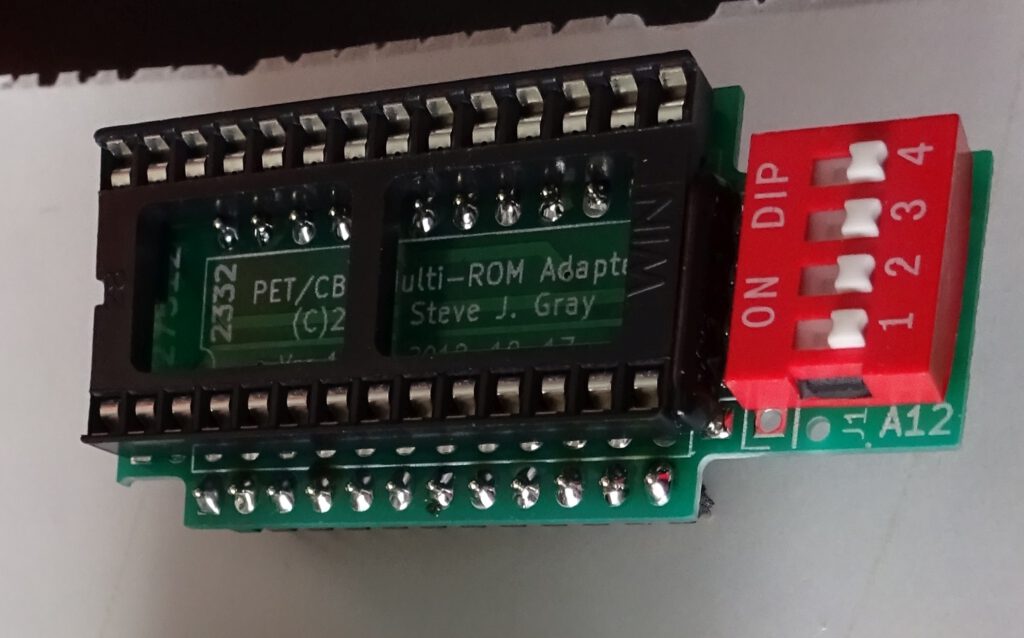
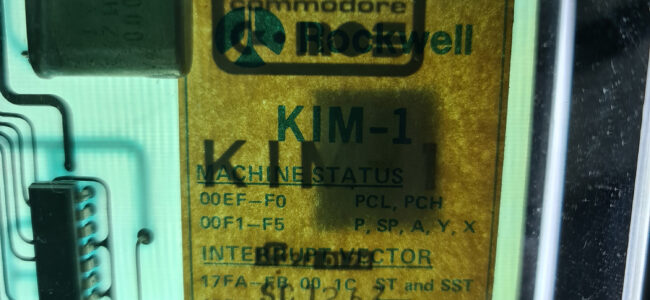
Once in a while I hear a myth on the internet about Rockwell manufactured the KIM-1. That myth needs to be debunked.
Rockwell did sell KIM-1s as an OEM product around 1977. They bought the KIM-1 PCB, made in a Commodore factory and put a sticker on the right corner, covering the Commodore MOS logo and text, as you can see in the image below.
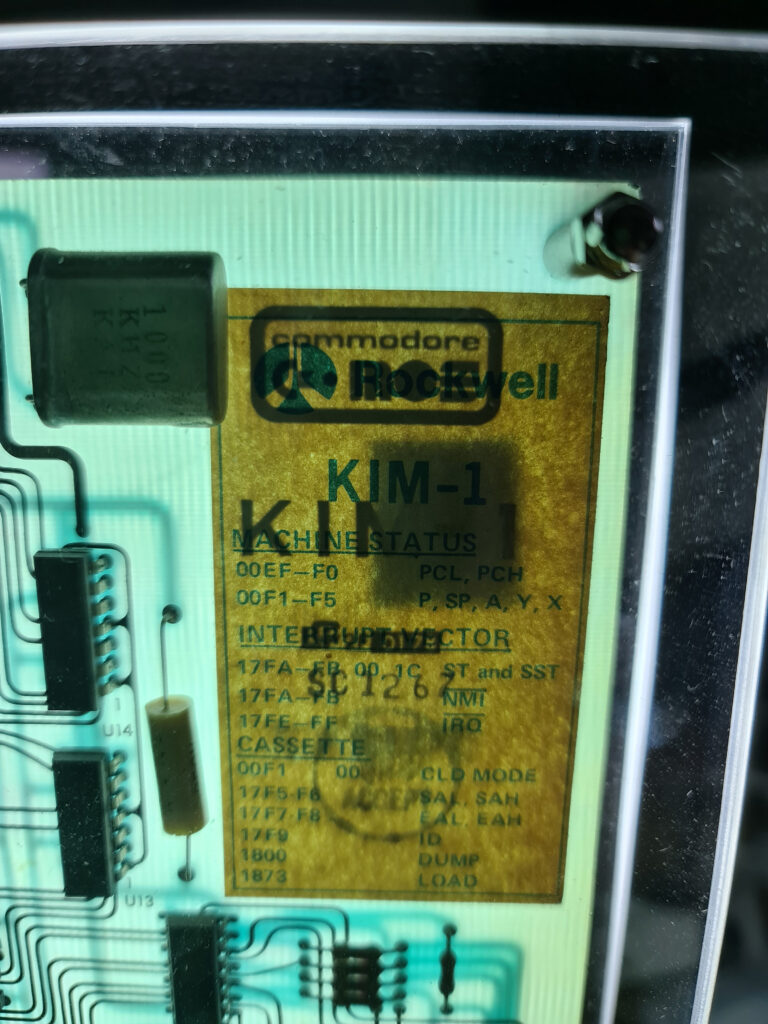
The documentation such as KIM-1 User Manual and the Circuit Poster were given a new front and back, the contents of the User Manual were 99% coming verbatim from MOS Technology/Commodore. The Programming and Hardware Manual were later (and better) versions of the MOS Technology documents, no trace of the 6501!
I can proof this, in 1978 I bought a KIM-1 from a Dutch distributor Famatra and still have it. It was a Rockwell package. Here you see photos of my Rockwell KIM-1 package labeled as Rockwell but it really is a Commodore MOS Technology product rebranded. It did not take long before Rockwell started to sell the AIM 65 as replacement and I never saw advertisements not a Databook with a Rockwell KIM-1 in it.
The Rockwell KIM-1 User Manual is scanned by me and available on the KIM-1 and MOS Technology manuals page, as are (later versions of) the Rockwell Hardware and Programming manual. I might scan these Rev 0 versions one day also.
See the page of me and my KIM-1 for my first KIM-1 and its history.
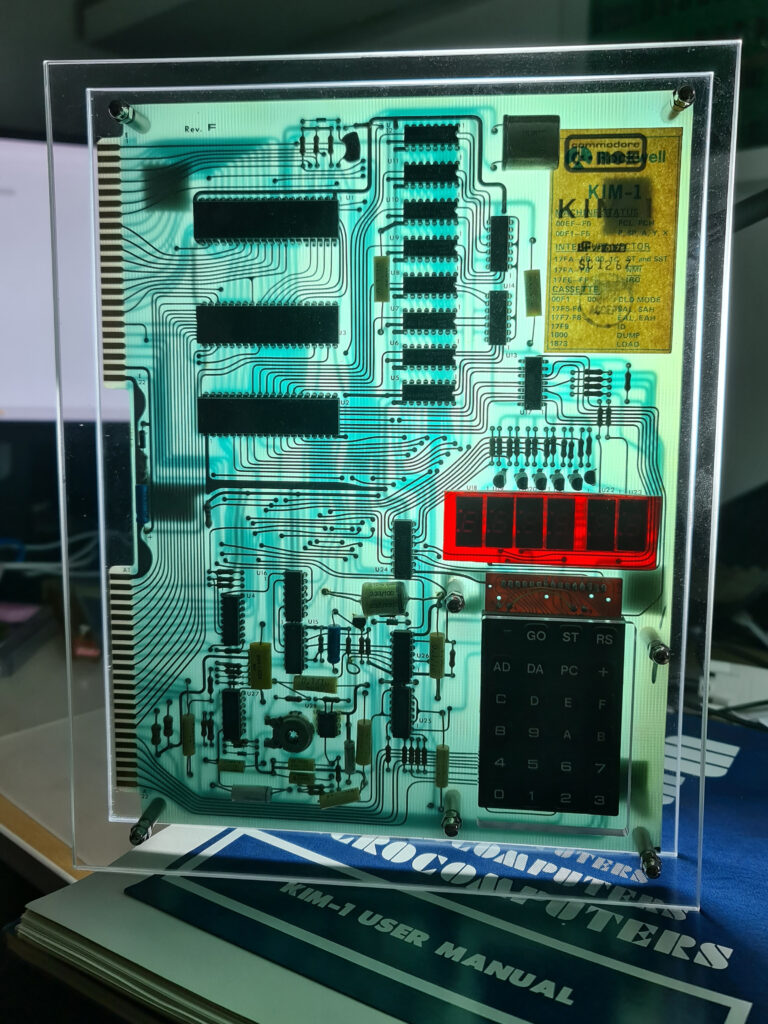
You can see the text Commodore and MOS logo shining trough underneath the Rockwell sticker. And the number SC1276 gives away it was manufactured in the Santa Clara Commdore factory.
>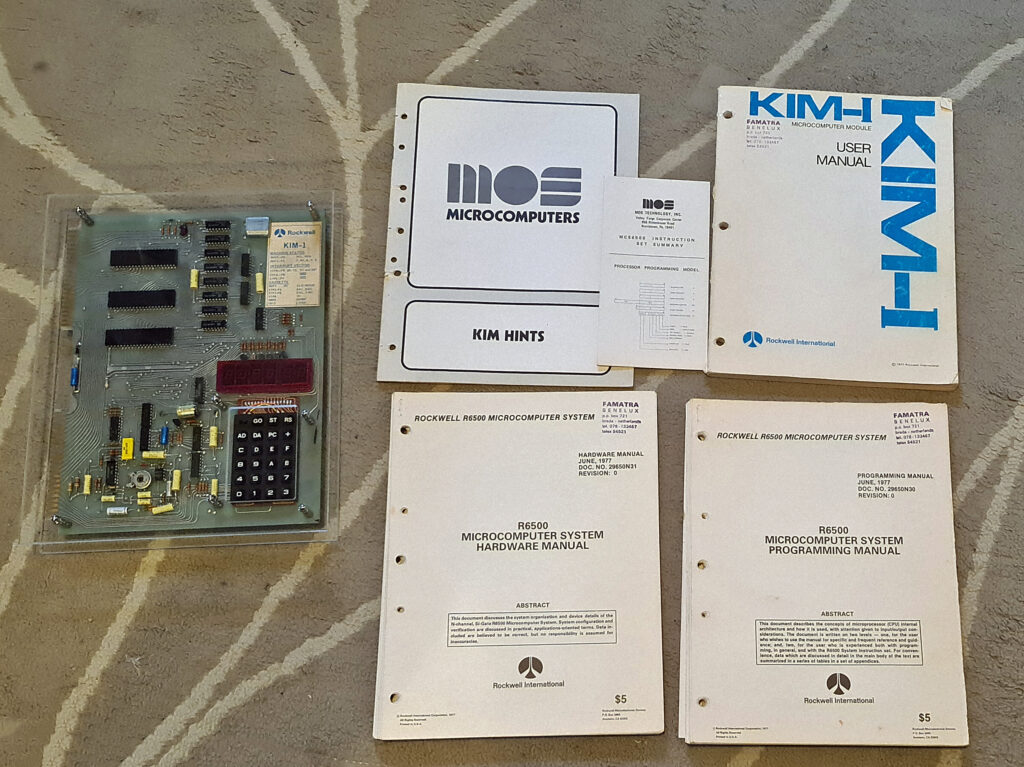

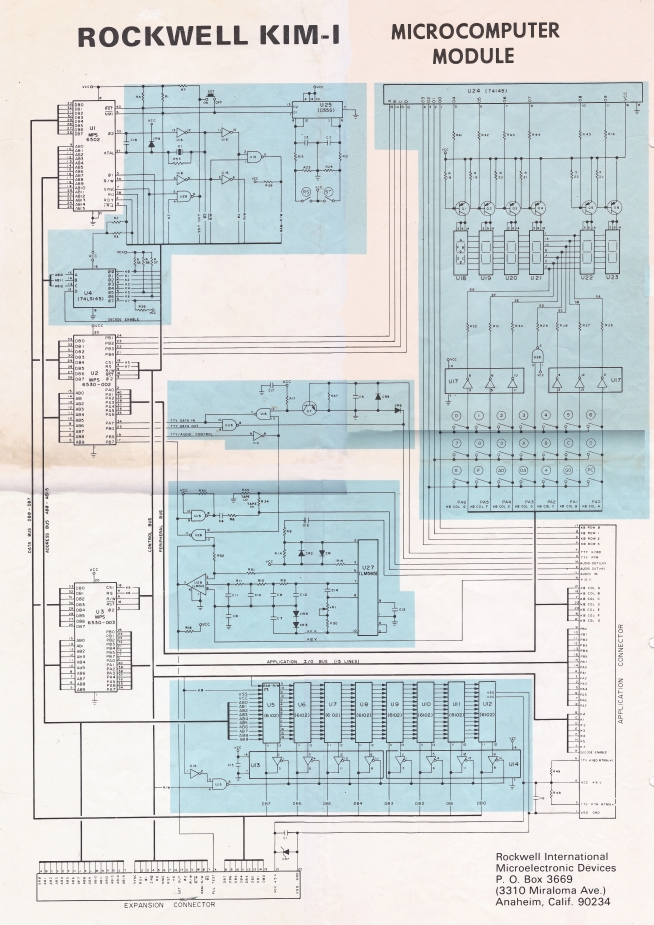
Click here for a large version.
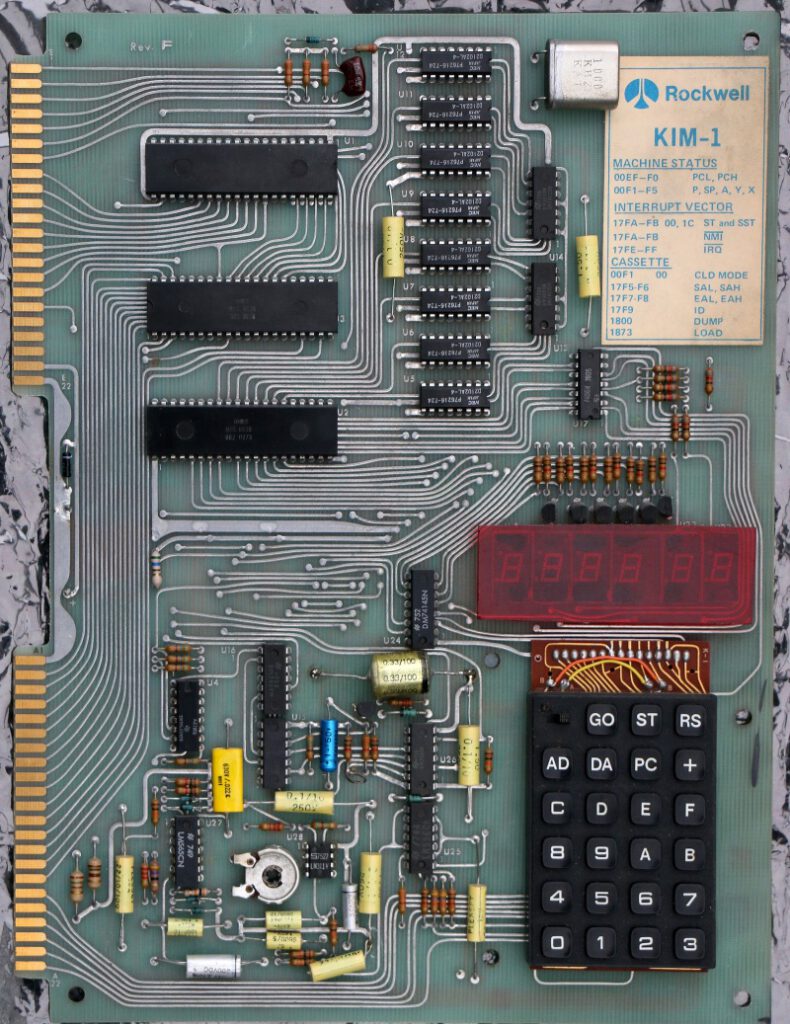
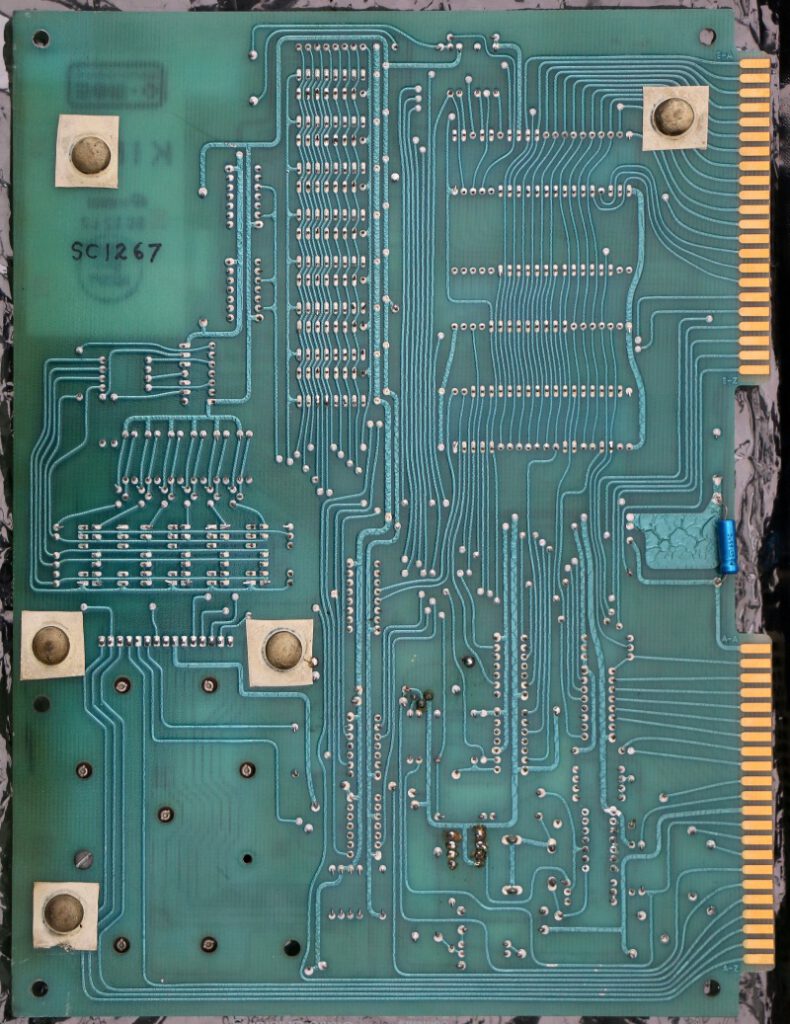
 |
KIM-1/6502 User Notes is a publication about the KIM-1, slowly evolving to other 6502 systems like SYM-1 and AIM 65.
Editor was the famous Eric Rehnke. After issue 17 it merged with Compute II. |
KIM-1 / 6502 USER NOTES INDEX BY SUBJECT VOLUME 1(Issues 1 till 6)
APPLICATIONS FOR KIM GENERAL INFORMATION
Application suggestions 1 Correction To Memory Map -------- 2
Calculator--Interface 4 Defective 6502 chips------------- 3
Interface 6 Discussion of Memory Allocation - 5
--T.I.5050 5 DISPLAY (on board)
Chess Clock Program 4 red filter for-----------------5
CONTROLLING Use of------------------------------1,5
--- Function Generator 1 EXPANSION OF SYSTEM
--- Light Intensity 4 KIMSI--------------------------4
--- Motor Speed 4 MEMORY
--- Touch tone encoder 1 Adding memory to KIM-1--------5
Degree Dispatch Computer 5 Diagnostic------------------- 2,5
Frequency Counter 3 Expansion---------------------4,3
OSI Memory-------------------------3
GAMES Using SD Sales 4K RAM Board 3
Bagels----------------- 5 Hardware tips
Battleship--------------6 Packaging KIM-1 --------------- 6,3
Horserace-------------- 3 Power Supply for KIM ---------- 4
Hunt the Wampus-------- 2 Red Filter for Display----------5
Jotto------------------ 5 INTERVAL TIMERS :
Kimmaze---------------- 4 The Other Timer-----------------2
Microchess------------- 3 and cassette 2
Mastermind------------- 5 Use Of--------------------------5,5
Moon Lander-----------1,3 MIKIM------------------------------5
HEDEX Program 1 OPERATION TIPS
MATH TEST Program 4 Using SST ---------------------2
Mini-l Loran-c 6 Using ST to start programs----4
MUSIC:KlugeHarp 3,2,6,6 Page 1 Programming Problems--------6
Real Time Clock 4, 5 Packaging your KIM-1---------------3
Square wave generator 5 Power Supply-----------------------4
Stopwatch Program 2 Presetting 00F1, 00F2 4
Telephone Dialer 4,4 System Architecture 3
Packaging your KIM-1---------------3
CASSETTE PROBLEMS/SUGGESTIONS Presetting 00F1, 00F2 4
Certification of tape 6 System Architecture 3
Copying Cassette tape 3 TABLES for KIM-1
Fast tape problems 6 Interval Timer Table------------3
Hypertape 2,6 Relative Branch table----------2
Interval timer/cassette 1 OP Code table-------------------4
Notes on cassette 6 Techniques
PLL set program 5 Mnemonic Improvement------------41
PROBLEMS with Cassette 3 BIT Data---------------41
Software control of tape Top Down Programming 4
reading 4 Modifications/ IMPROVEMENTS
Speed up 4 Crystal Stabilization------------5
Supertape 2 Factory Mods. -------------------4
Supertape improvement 4 6502 Register Monitor Apparatus 4
Tape Certifying 6 74Ls145 ------------------------ 3,4
Tape Dupe 4 6502 Microprocessor Board-----------6
Using Cassette 6 POWER ON RESET CIRCUIT 3
Varification of Data 4 NOTES FROM THE FACTORY 5
Vutape 2
INDEX Issue 13
SOFTWARE FEATURE 1
KIM Hexpawn (your KIM can learn to win) Robert C. Leedon
6502 OP CODES (arranged logically for easy look up) Jim Butterfield 6
CASSETTE INTERFACE STUFF 7
Tape Verify II Dr. Barry Tepperman
Radio Tape Feedback Daniel Gardner
Reliability Hint John Watney
Help Relay Package Fixit Mike Firth
Tape File Recovery Routine Loel Swank
KIM Software On Cassette
LANGUAGE LAB 10
Focal
I/O Mods Editor
Functions Editor
Basic
I/O Mods Marvin De Jong
A Basic Question Editor
Basic Timing Comments F. E. Kempisty
KIM Basic Hint Micro-Z Company
Basic Renumber Program Harvey Herman
Tiny Basic
Two Tiny Basic Mods Michael Day
Ramblings About T.B. Lew Edwards
Forth
Forth Comments Example John P. Oliver
Assemblers
Two Pass Patch To Aresco Assembler John Eaton
Mods To MSS Assembler Richard M. Bender
DESIGN CORNER 16
A 6522 I/O Board
KIM-4 BUS PINOUT 18
VIDEO GRAPHICS 19
Video Displays Editor
Comments On Visible Memory Lew Edwards
TVT-6 Adventure Dennis Chaput
TVT-6 RAM Expansion Michael Allen
Polymorphics Video Board Mods Editor
DEBUG 21
Slow Stepper IV Lew Edwards
LETTERS COMMENTS 22
SOFTWARE LIBRARY
Multi-Mode Adder Jim Butterfield
Pseudo-Random Number Generator H. T. Gordon
ASCII Dump Program Jim Zuber
Keyboard Debounce Routine Thomas J. Rubens
Sound Effects Program Bob Carlson
Melodies For The Music Box Douglas Lyon
'Do Loops'; For KIM Dave Skillman
INTERFACE 26
Camera Speed Tester Mike Firth
Low-Cost Modem Possibility Editor
RPN Calculator Chip Interface Editor
Power-On Reset George Hawkins
The Outside World Connection Editor
More On The Opto-Isolator Dwight Egbert
NEW PRODUCTS 28
Video Driver Package
Price Decrease On Jolt Boards
A 8080 Simulator For The 6502
Eprom Programmer
INDEX Issue 14
INDEX
EDITORIAL
SOFTWARE FEATURES 1
KIM BANNER PROGRAM JIM ZUBER
6KIM DISASSEMBLER
CHECK-OUT ROBERT LARRABEE
LANGUAGE LAB 12
BASIC
MOD AND PROGRAMMING HINT HEINZ JOACHIM SCHILLING
OUTPUT PAGING MOD DICK GRABOWSKY
RENUMBER ADDENDUM AND SOME MODS HARVEY HERMAN
AUTOMATIC LINE NUMBER ENTRY MOD SEAN MCKENNA
A NEW COMMAND DICK GRABOWSKY
PRODUCT ANNOUNCEMENT
'USR' FUNCTION INFO C. KINGSTON
FOCAL
TINY BASIC
FORTH
XPL0
SYM SECTION 18
ACCESSING THE SYM DISPLAYS A.M. MACKAY
SYM NOTES & KIM-4 COMPATIBILITY C. KINGSTON
WUMPUS MUSIC BOX MODS JIM ADAMS
AIM SECTION 19
MANUAL CORRECTIONS JODY NELIS
VIDEO TVT-6 23
POLYMORPHICS VIDEO/KIM INTERFACE MIKE FIRTH
TVT-6 NOTES & RAM EXPANSION MILAN MERHAR
INTERFACING TO THE TVT II JOHN M. RENSBERGER
CASSETTE STUFF 25
MAKE A SHORT CASSETTE TED BEACH
CASSETTE DIRECTORY PRINTOUT PROGRAM CHRIS MCCORMACK
ANNOUNCEMENTS REVIEWS
 |
KIM-1 User Notes Volume 0, July 1976 |
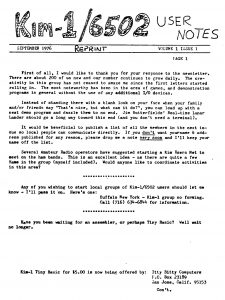 |
KIM-1/6502 User Notes Volume 1, September 1976
KIM-1/6502 User Notes Volume 1, other version |
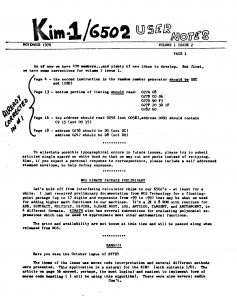 |
KIM-1/6502 User Notes Volume 2, November 1976
KIM-1/6502 User Notes Volume 2, other version |
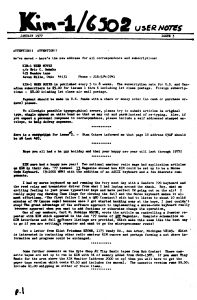 |
KIM-1/6502 User Notes Volume 3, Januari 1977
KIM-1/6502 User Notes Volume 3, other version |
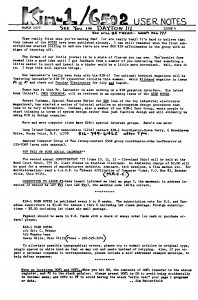 |
KIM-1/6502 User Notes Volume 4, March 1977
KIM-1/6502 User Notes Volume 4, other version |
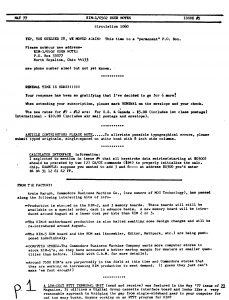 |
KIM-1/6502 User Notes Volume 5 May 1977
KIM-1/6502 User Notes Volume 5 May 1977 |
 |
KIM-1/6502 User Notes Volume 6, July 1977
KIM-1/6502 User Notes Volume 6, other version |
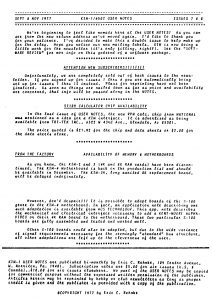 |
KIM-1/6502 User Notes Volume 7/8, September November 1977
KIM-1/6502 User Notes Volume 7/8, Other version |
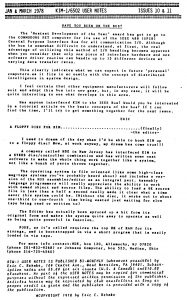 |
KIM-1/6502 User Notes Volume 9/10 January March 1978
KIM-1/6502 User Notes Volume 9/10 other version |
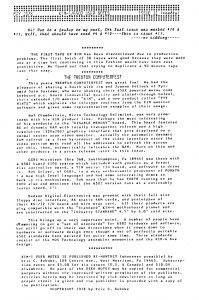 |
KIM-1/6502 User Notes Volume 11 May 78
KIM-1/6502 User Notes Volume 11 other version |
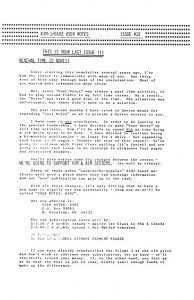 |
KIM-1/6502 User Notes Volume 12
KIM-1/6502 User Notes Volume 12 other version |
 |
6502 User Notes Volume 13
6502 User Notes Volume 13. incomplete other version |
 |
6502 User Notes Volume 14 |
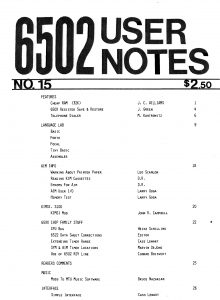 |
6502 User Notes Volume 15 |
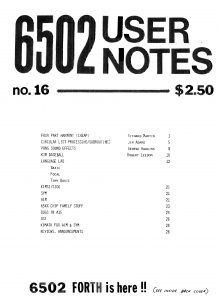 |
6502 User Notes Volume 16 |
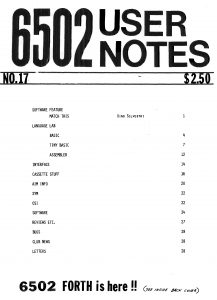 |
6502 User Notes Volume 17 |
Compute II
Compute II was a short lived split-off of Compute! and also a continuation of the KIM-1/6502 User Notes. Three issues and it was merged back with Compute! again.
Selected articles on KIM-1, AIM 65 and SYM-1 and 6502 in general
Articles by Marvin L. de Jong
Articles on 6502, KIM-1, AIM 65, SYM-1
